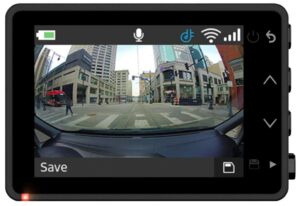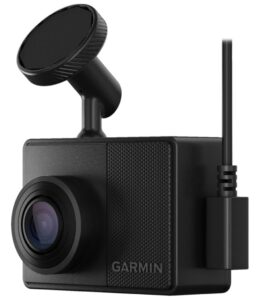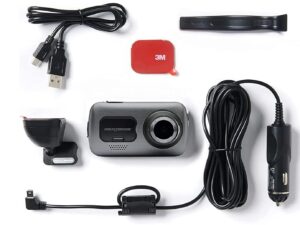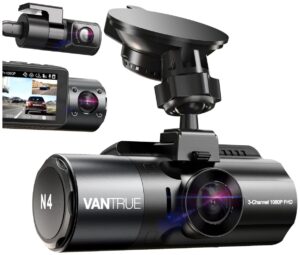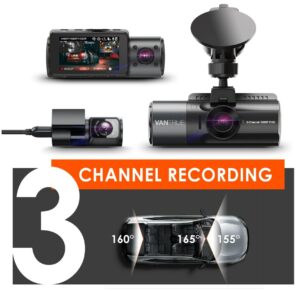Have you ever found yourself in a situation where you were left wondering how long your device’s battery would last? Maybe you were in the middle of a crucial project, or perhaps you were just trying to enjoy your favorite playlist. You check your device, and the battery icon is hovering dangerously close to red. It’s a relatable predicament.
Understanding Battery Life
Battery life refers to the amount of time your device can operate on a single charge before requiring another recharge. This is crucial information, especially with today’s reliance on gadgets for everything from communication to entertainment. You might be asking yourself, “What affects this battery life, and how can I maximize it?”
Factors That Influence Battery Life
There are several factors that directly impact how long your battery lasts:
1. Screen Brightness
You’d be surprised by how much screen brightness can drain your battery. If your brightness is set to high, your battery can deplete faster than you might imagine. Lowering it or setting it to auto-adjust depending on the lighting in the room can help extend usage considerably.
2. Background Applications
Have you ever checked how many apps are running in the background? Apps that continuously refresh can consume a lot of battery life. It’s a good practice to close apps when you’re done using them.
3. Connectivity Options
Wi-Fi, Bluetooth, and GPS are all features that consume varying amounts of battery power. If you’re not using these features, turning them off can significantly contribute to longer battery life.
4. Device Age
Older devices generally have shorter battery lives. With every charge cycle, a battery’s capacity diminishes. If your device is several years old, you might notice that it doesn’t last as long as it used to.
Measuring Battery Life
So, how do you measure the battery life of your device? This isn’t always straightforward because it can change based on your usage. However, manufacturers often provide estimates in terms of hours of usage or standby time.
1. Usage Time vs. Standby Time
Usage time refers to how long you can actively use your device before it dies. Standby time, on the other hand, refers to how long the device can sit idle before the battery depletes. Both are important to consider when assessing how long your battery lasts.
Let’s look at an example of various devices’ estimated battery lives:
| Device | Usage Time | Standby Time |
|---|---|---|
| Smartphone | 12-15 hours | 2-3 days |
| Laptop | 8-12 hours | 1-2 weeks |
| Tablet | 10-14 hours | 1 week |
| Smartwatch | 1-2 days | 1 week |
Now that you have a clearer picture, you can better gauge what to expect from your device.
How Long Can You Expect Your Device’s Battery to Last?
Longevity can greatly depend on the device in question. Wouldn’t it make sense to look at some examples that cover a range of common devices?
Smartphones
When choosing a smartphone, you might notice enticing claims like “up to 48 hours of standby time.” While this could be true in ideal situations, continuous use or high-performance tasks will likely shorten that time substantially. Generally, most modern smartphones can last anywhere from 12 to 24 hours under normal usage conditions, depending on settings and app demands.
Laptops
Laptops have come a long way in terms of battery efficiency. The average modern laptop can last anywhere from 8 to 12 hours on a single charge if you are just browsing the web or working on documents. However, if you are gaming or streaming high-definition video, you can cut that time in half or worse.
Tablets
When it comes to tablets, you’ll find similar longevity to smartphones, thanks to their efficient design. A tablet can last around 10 to 14 hours under regular use. Again, heavy usage may reduce this significantly.
Smartwatches
Smartwatches are designed to be power-efficient, but they often need charging daily or every other day. Some models can last longer, typically ranging from 1-2 days, depending on usage and features enabled.
Tips to Maximize Battery Life
Knowing how long your battery can last is excellent, but knowing how to extend that life is even more valuable. Here are some practical tips you can implement.
1. Adjust Screen Settings
Lowering your screen brightness and timing out your display settings can save you a lot of battery life. You might not even notice the difference except in how long you can use your device.
2. Update Your Device Regularly
Keeping your device updated ensures that you benefit from the latest optimizations and improvements. Improvements can come in the form of software that better manages battery consumption.
3. Manage Background Activities
Configuration of apps to limit their background activities is crucial. Check the settings of your apps to ensure they aren’t refreshing too often or using background data unnecessarily.
4. Use Battery Saver Modes
Most modern devices have a battery saver mode that optimizes performance and settings to extend the remaining battery life. Use this feature, especially when your battery is running low.
5. Limit Location Services
Location services are a significant drain on battery life. If using GPS isn’t necessary, turning it off can sparingly save your battery for more pressing needs.
When to Consider a Battery Replacement
Sometimes, no matter how many tips you follow, you might find your battery isn’t lasting as long as it used to. This is the point where you should consider a battery replacement.
Signs You Need a New Battery
Here are some indicators that your battery might need a replacement:
- Rapid Drain: If your device continues to lose charge quickly, it might be time for a change.
- Overheating: Batteries that overheat can be both dangerous and inefficient.
- Unexpected Shutdowns: If your device shuts down suddenly despite showing a charge, the battery may be failing.
- Bloated Battery: If you notice swelling or bulging in the battery area, it’s critical to replace it immediately due to safety risks.
Getting a New Battery
Most smartphones allow for battery replacements through authorized repair centers. It’s important to find a reliable service, as using an original equipment manufacturer (OEM) battery is the best way to ensure longevity and safety.
Battery Technology Trends
What’s more interesting than the current battery life in devices is how battery technology is continually evolving. Keeping informed about these advancements can enhance your device experience significantly.
Lithium-Ion and Beyond
The standard in battery technology for a lot of devices is still lithium-ion (Li-ion), which is favored for its high energy density and long life. However, researchers are exploring other options:
- Solid-State Batteries: These use a solid electrolyte and could provide higher capacities and improved safety.
- Graphene Batteries: Known for fast charging capabilities and potential longevity, graphene is being studied as a future battery material.
Future Implications
With these advancements, you might find that future gadgets can offer significantly improved battery lives, reducing anxiety around staying charged. It’s an exciting prospect for anyone who relies on technology daily.
Conclusion
Understanding how long your device’s battery lasts can significantly affect your daily routine. It provides peace of mind when you know what to expect and how to manage usage efficiently. Plus, being proactive in maintaining and maximizing battery life can lead to more prolonged enjoyment of your devices.
While the quest for more longevity continues with battery technology innovations, your commitment to efficient usage can make a notable difference. With these insights, you’re now equipped to handle your battery life like a pro, allowing you to fully enjoy what your devices have to offer without the fear of running out of juice. So, how will you manage your devices moving forward?


